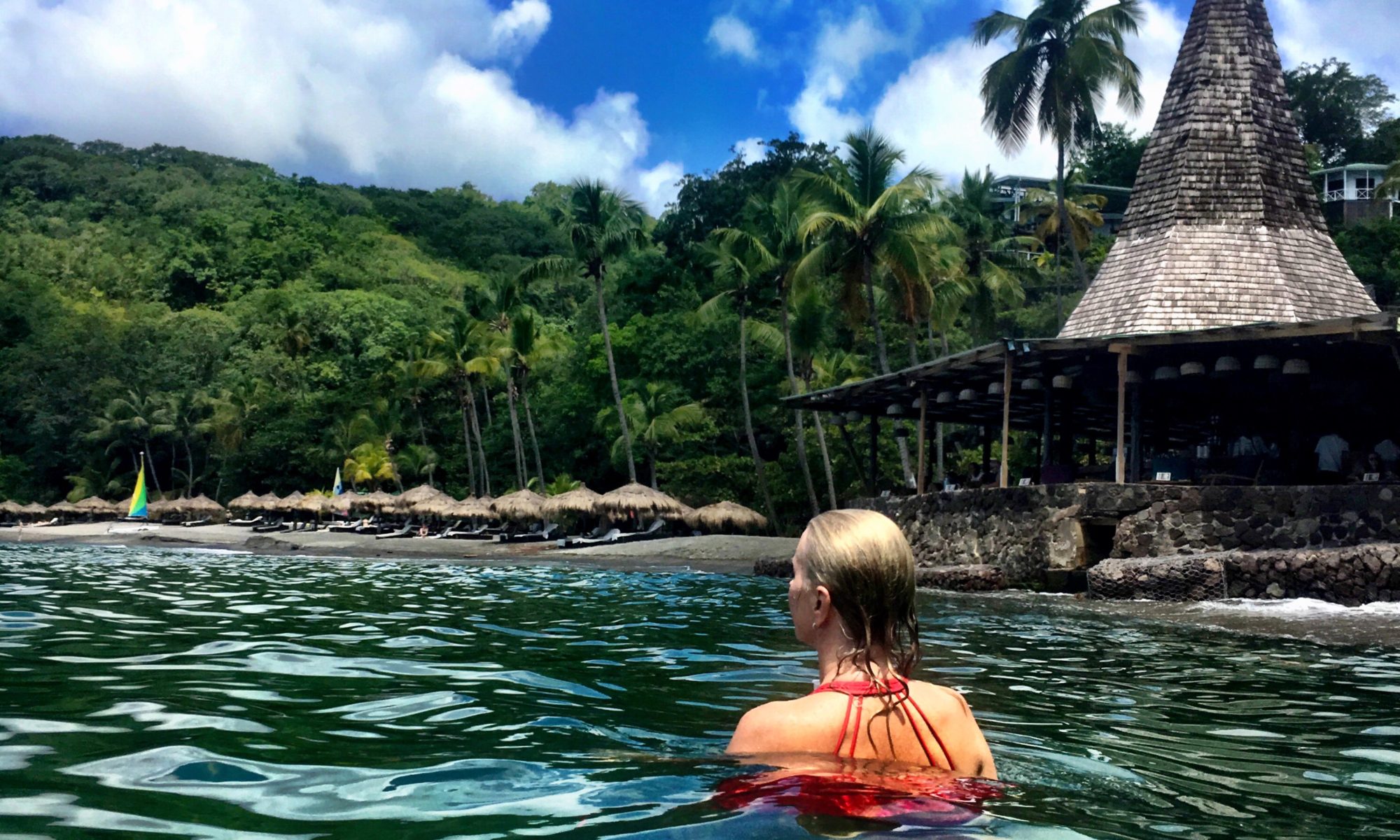We skipped a day after flying over the International date line. Sleeping never felt so good, it wasn’t straight through, strange dreams and woke up a few times.
Breakfast was a dream for us, noodle soups and every kind of Chinese food you could imagine. I think the boys would have rather stayed there all morning instead of going out to explore Beijing!







We started out at Tian’anmen Square which is the world’s largest public square, the size of 90 football fields and can hold about a half a million people! We were instructed to not to talk about the student protests in 1989 and the aftermath by our tour guide. She asked us not even to ask her anything about it while we are there because there are many plain clothed police officers and she would be in trouble. She said that we know more about it than her because they can’t find any information about it in books or online. I like the description of it being the world’s largest patio designed to be big and bombastic but basically a boring Stalinist spectacle.





It was IMMENSE and the gate to the north is the Gate of Heavenly Peace, most emblematic of Chinese State grandeur. It is also most famous for the portrait of Mao that hangs above the central door. This position was once reserved for emperors but was the spot where he declared the founding of the Peoples Republic in October 1949. His body is still there and they put it on display everyday but just recently they changed it so that only Chinese people could see it, no more for tourists.



Building for the Forbidden City started in the 1400’s. It is an almost 8 million square foot complex, the largest palace in the world. It’s called the Forbidden City because it used to be only for the Emperors, now it is open to the public. There were so many huge squares and each building was a gate and after we went through that gate it was yet another square, I could not believe the size of it. I love the architecture and the bright red colors, and under the eves there were such vibrant blues and greens and many colors painted on them. The Imperial Gardens were very pretty and the Magnolia trees were just starting to bloom so it just added to the beauty.











The Temple of Heaven makes me think of EPCOT when I was a child, it’s replica is in the China Pavillon. I was always fascinated by it and spent lots of time there exploring, shopping and eating…it made me feel like I was in China and gave me dreams of going there one day. Well today was the day one of my childhood dreams came true, I got to see the real Temple of Heaven. There is a beautiful park with rose gardens and full of ancient, tangled cypress trees as old as 800! Locals spend the day practicing tai chi and playing board games or cards. The Temple of Heaven was built about the same time as the Forbidden City, 1400’s but burned down and was rebuilt. There is not a single nail in the structure, it’s held up by 28 massive fir pillars from Oregon. The striking ceiling has guided panels and intricate painted brackets.








Peking Duck is one of Beijing’s most famous dishes. It’s soft and succulent with crispy red skinned meat. We watched the chefs cut it in a specific pattern with a specific number of pieces, it is an art. You wrap the slices with cucumber and scallion sticks and hoisin sauce in a delicate pancake, almost like you would a burrito. It was absolutely amazing, nothing like the Peking Duck I’ve had in the US.






Next stop were the narrow winding roads of the Hutongs, the original inner city homes of Beijing. The real estate is super expensive but the people who live there don’t usually sell, they keep it in the family and pass it down from generation to generation. There are some that have left due to the desire for indoor plumbing and heating or because of the government money incentives to leave so they can use the land. Each home has four single story rectangular buildings surrounding a courtyard with one door at the south facing corner. A whole family usually with grandparents, their children, grandchildren would live there and there would be a family shop. Where each generation sleeps depends on Feng Shui. The Communist Revolution ended most of the Hutong living and subdivided all these homes to fit six separate families in each one. Many have also been leveled in the past 20 years due to the growth of the city. While most are gone, preservation has started and many have been restored and are becoming trendy.








Rickshaws still pedal through the sleepy alleys and it was a great way to peek into the daily life of the Hutongs. Then we spent some time in the evening shopping and exploring one of the alleys that had great shops and food. What a day!

































































































































































































































































































































